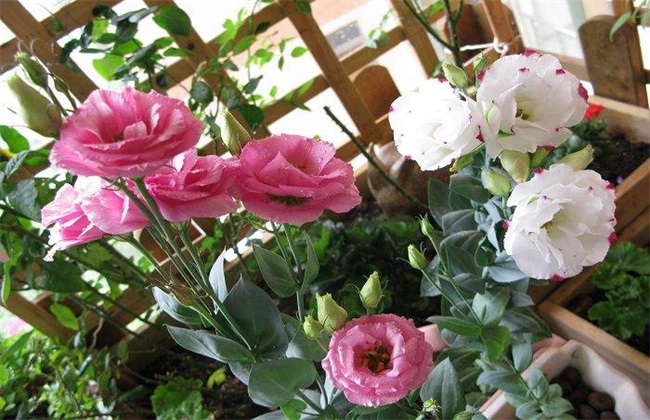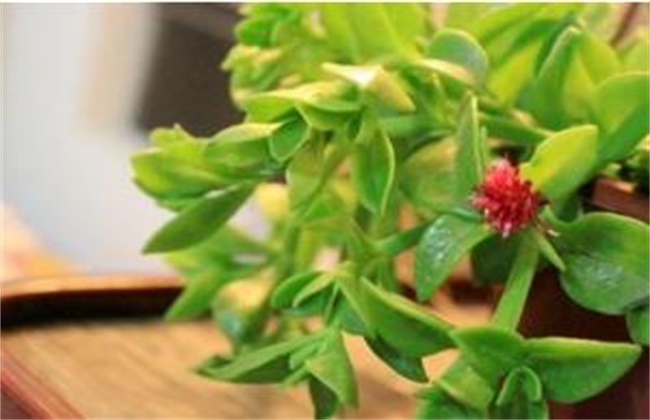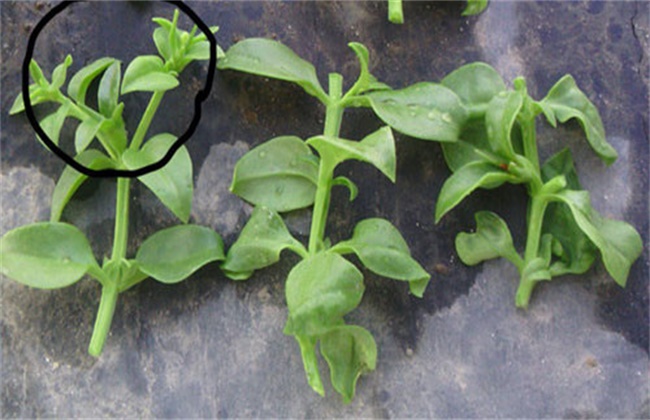Culture methods and matters needing attention of Platycodon grandiflorum
Platycodon grandiflorum is a perennial plant of Gentianaceae, which is widely distributed in China. Platycodon grandiflorum has a very high ornamental value because of its beautiful plant shape, elegant color and fresh fragrance. It is very suitable for many people because of flower arrangement, cut flowers, etc. So how to raise Platycodon grandiflorum? What are the precautions? The following editor brings you the breeding methods and matters needing attention of Platycodon grandiflorum, let's have a look!

1. Select soil and sow seeds
Although Platycodon grandiflorum does not have high requirements for soil, it can grow better in soil with strong permeability, soft and humus-rich soil. If it is a potted plant, then you can choose peat, perlite and other substances to prepare potted soil, and before planting to do a good job of soil disinfection. Then the planting varieties should be selected according to the planting season, and if they are planted in spring and autumn, then the early varieties should be selected. The seeds should be well coated before sowing, because the seeds are relatively small and like light, so there is no need to cover the soil for sowing. If the temperature is controlled at about 25 degrees, it can germinate in about half a month. The work of dividing seedlings was carried out about half a month after germination.
2. Water and fertilizer management
When planting Platycodon grandiflorum, we should do a good job of watering. However, we must pay attention to control the amount of water, because the water content of Platycodon grandiflorum is very large, and many people sometimes water a lot to meet the water needs of Platycodon grandiflorum. As a result, the application is too high, the roots are affected, rotten roots appear and even cause diseases and insect pests. Therefore, we should pay attention to control the amount of water according to the changes of climate and temperature, and not to water too much. Platycodon grandiflorum has little demand for fertilizer, and some low concentration calcium nitrate liquid fertilizer can be applied generally. Pay attention to the amount of nitrogen fertilizer, not too much, otherwise it is easy to produce too many branches, burning tips, cracked stems and other phenomena.
3. Temperature control
Platycodon grandiflorum seeds will be unearthed about half a month after sowing. At this time, we should pay attention to control the temperature. The suitable temperature during the growing period of Platycodon grandiflorum is about 16-25 degrees. The temperature should not exceed 25 degrees during the day and 10 degrees at night, otherwise it will seriously affect the growth of Platycodon grandiflorum. In the seedling stage, the growth rate of Platycodon grandiflorum is relatively slow, so we must pay attention to control the temperature and humidity. Avoid high temperature and humidity environment, leading to Platycodon grandiflorum growing, causing a variety of diseases. Then we should also control the light intensity, the light should not be too weak.
4. Points for attention
In the maintenance of Platycodon grandiflorum, the temperature needs our attention, the temperature must not be too high. And in order to improve the ornamental quality of Platycodon grandiflorum flowers, the pedicels should be cut again every year when the flowers fall behind, so as to improve the flowering rate of plants in the second year. Then we should also pay attention to the prevention and control of diseases and insect pests, such as stem blight, gray spot, leaf miner and so on. Do a good job in daily management, strengthen ventilation and light transmittance, and control planting density. Topdressing can appropriately increase the proportion of phosphorus and potassium fertilizer and enhance the disease resistance of the plant.
The above is a brief introduction to the breeding methods and matters needing attention of Platycodon grandiflorum. That's all for today's introduction. This article is for reference only. I hope it can help you all.
Related
- Fuxing push coffee new agricultural production and marketing class: lack of small-scale processing plants
- Jujube rice field leisure farm deep ploughing Yilan for five years to create a space for organic food and play
- Nongyu Farm-A trial of organic papaya for brave women with advanced technology
- Four points for attention in the prevention and control of diseases and insect pests of edible fungi
- How to add nutrient solution to Edible Fungi
- Is there any good way to control edible fungus mites?
- Open Inoculation Technology of Edible Fungi
- Is there any clever way to use fertilizer for edible fungus in winter?
- What agents are used to kill the pathogens of edible fungi in the mushroom shed?
- Rapid drying of Edible Fungi



